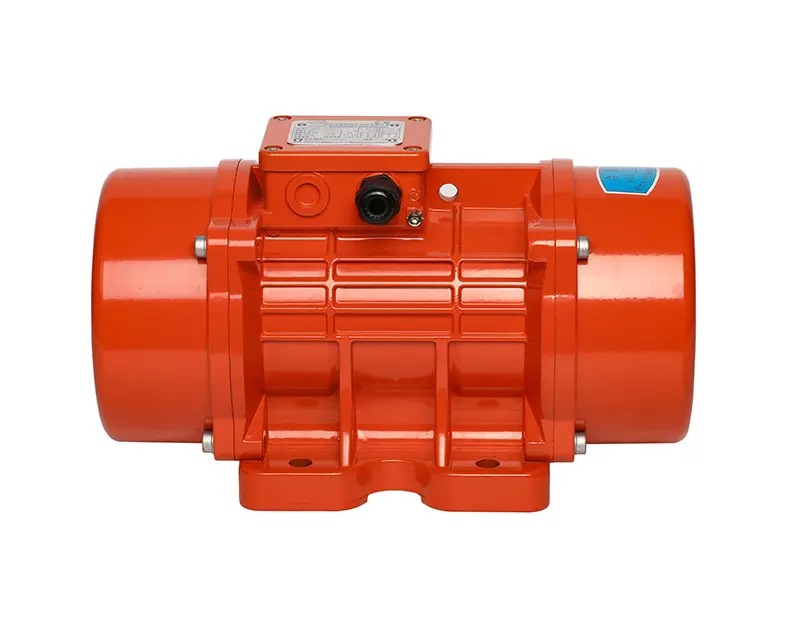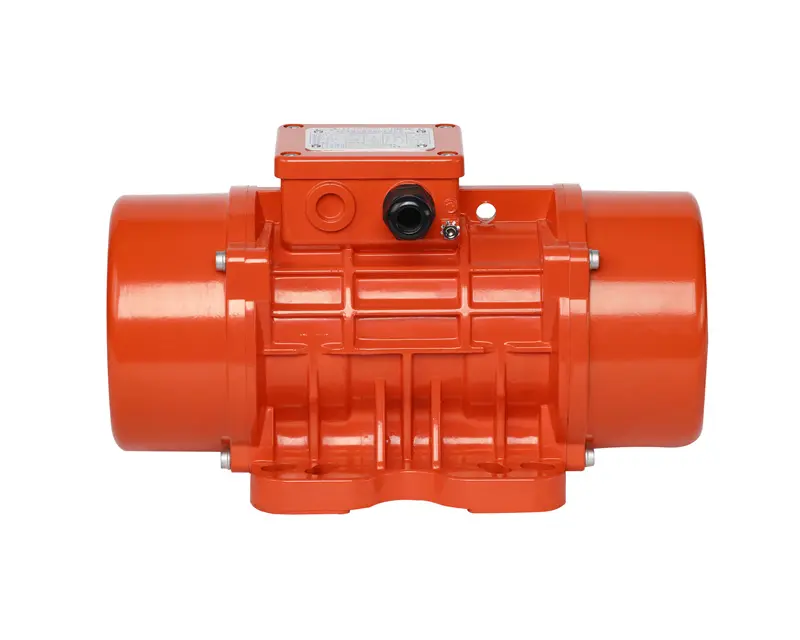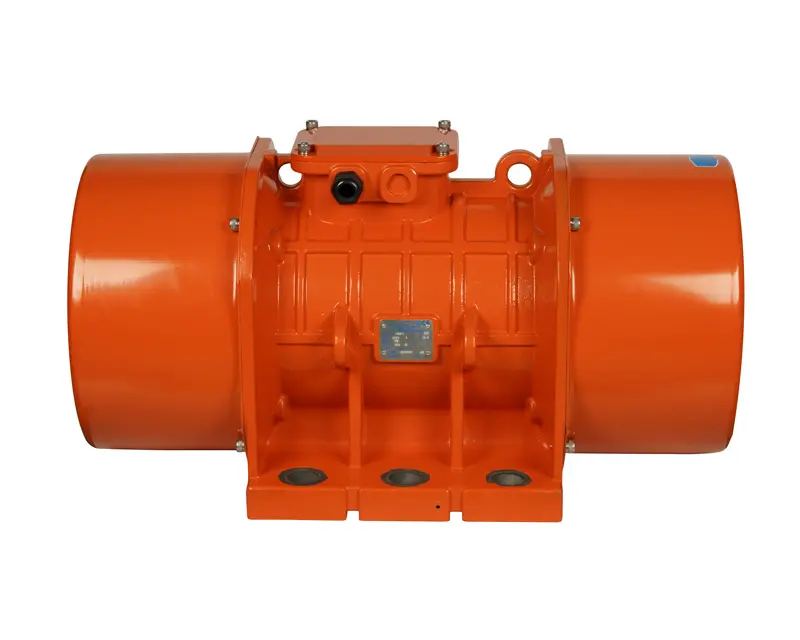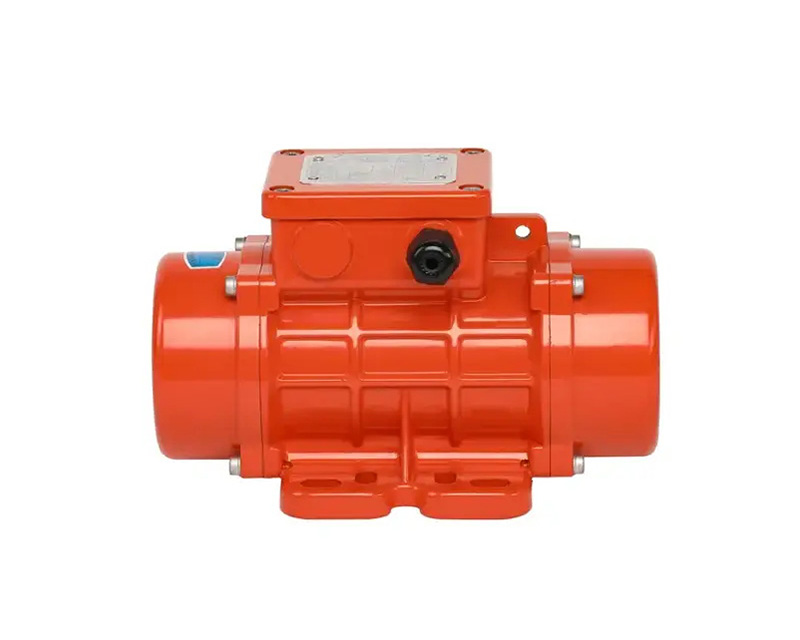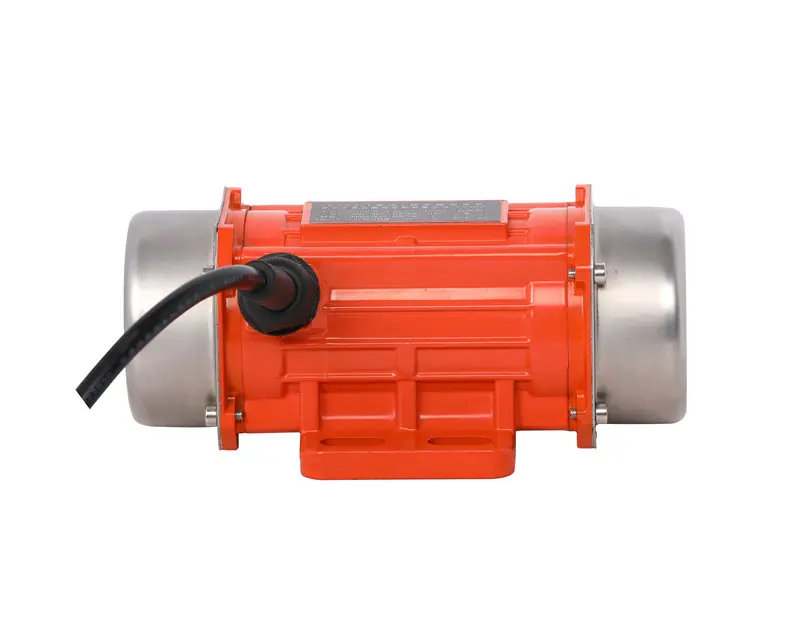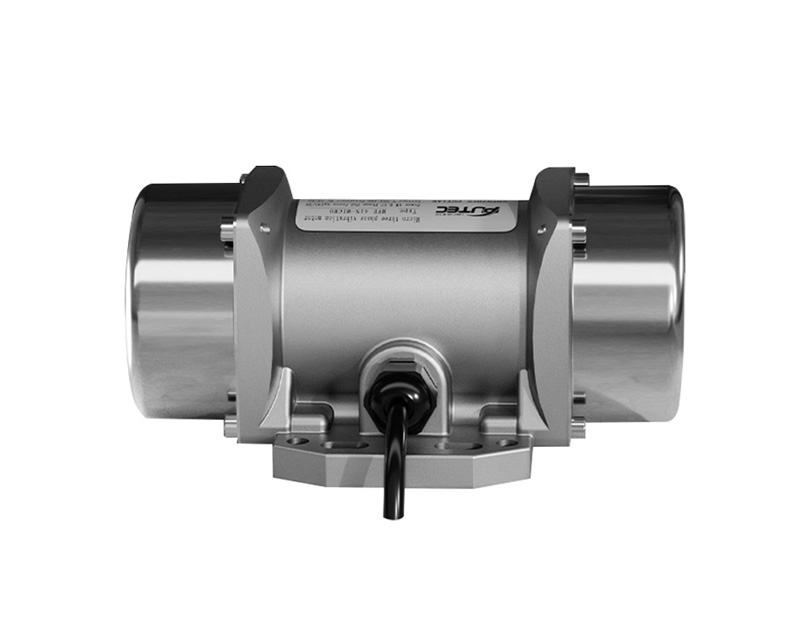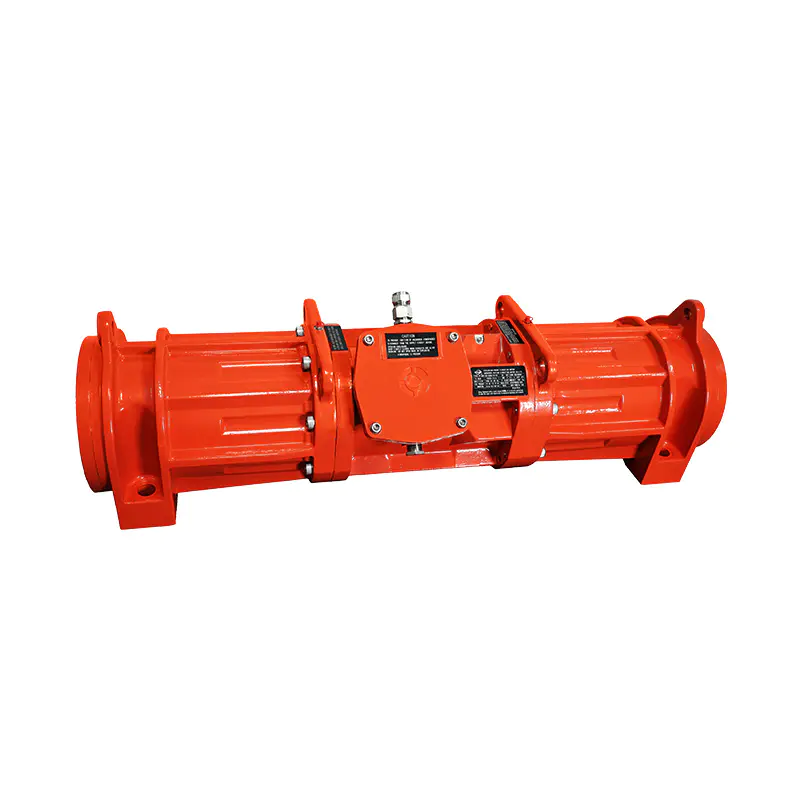Understanding Standard Vibration Motors And Inverter Duty Motors
 Apr-11-2024
Apr-11-2024
 Industry News
Industry News
Vibration motors and inverter duty motors are essential components in various industrial applications, ranging from conveyor systems to HVAC equipment. Understanding the differences between standard vibration motors and inverter duty motors is crucial for selecting the appropriate motor for specific operational requirements.
Standard Vibration Motors:
Standard vibration motors are widely used in applications where continuous, uninterrupted operation is required. These motors are designed to provide reliable performance and durability under normal operating conditions. They are typically powered by single-phase or three-phase electrical systems and are available in various sizes and power ratings to suit different application requirements.
Key Features of Standard Vibration Motors:
1. Robust Construction: Standard vibration motors are built with durable materials and components to withstand the rigors of industrial environments.
2. Balanced Performance: These motors offer consistent and balanced performance, making them suitable for continuous operation without overheating or excessive wear.
3. Cost-Effective Solution: Standard vibration motors are often more affordable compared to specialized motor types, making them a cost-effective choice for many applications.
4. Versatility: These motors can be easily integrated into a wide range of industrial equipment and machinery, providing reliable vibration output for various purposes.
Inverter Duty Motors:
Inverter duty motors, also known as variable frequency drive (VFD) motors, are designed to operate with adjustable speed drives (ASDs) or variable frequency drives (VFDs). These motors are specifically engineered to handle the unique electrical characteristics associated with VFD operation, such as voltage and frequency fluctuations.
Key Features of Inverter Duty Motors:
1. Enhanced Durability: Inverter duty motors are built with insulation systems and winding designs that can withstand the voltage spikes and harmonics generated by VFDs, ensuring long-term reliability.
2. Speed Control: These motors offer precise speed control over a wide range, allowing for optimized performance and energy efficiency in variable speed applications.
3. Reduced Heat Generation: Inverter duty motors are designed to operate at lower temperatures compared to standard motors when connected to VFDs, reducing the risk of overheating and extending motor life.
4. Compatibility with VFDs: These motors are specifically engineered to work seamlessly with VFDs, ensuring smooth operation and less compatibility issues.
In conclusion, both standard vibration motors and inverter duty motors play vital roles in industrial automation and machinery. While standard vibration motors offer reliable performance for continuous operation in various applications, inverter duty motors are specifically designed for use with VFDs, providing precise speed control and enhanced durability. By understanding the key features and differences between these motor types, industrial engineers and equipment designers can make informed decisions when selecting the more suitable motor for their specific needs.
When selecting between standard vibration motors and inverter duty motors, it's essential to consider the specific requirements of the application. For instance, in applications where precise speed control and energy efficiency are paramount, such as HVAC systems or conveyor belts with variable loads, inverter duty motors are the preferred choice.
However, in applications where continuous, uninterrupted vibration is needed, such as vibrating screens or compactors, standard vibration motors may be more suitable due to their robust construction and balanced performance.
It's worth noting that advancements in motor technology have led to the development of hybrid motors that combine the benefits of both standard and inverter-duty motors. These hybrid motors offer the reliability and durability of standard motors with the enhanced efficiency and speed control capabilities of inverter-duty motors.
Ultimately, the selection of the appropriate motor type depends on factors such as application requirements, environmental conditions, and budget constraints. By carefully evaluating these factors and understanding the key features of each motor type, industrial professionals can make informed decisions to ensure the ideal performance and longevity of their equipment.


 English
English русский
русский Português
Português عربى
عربى فارسی
فارسی
